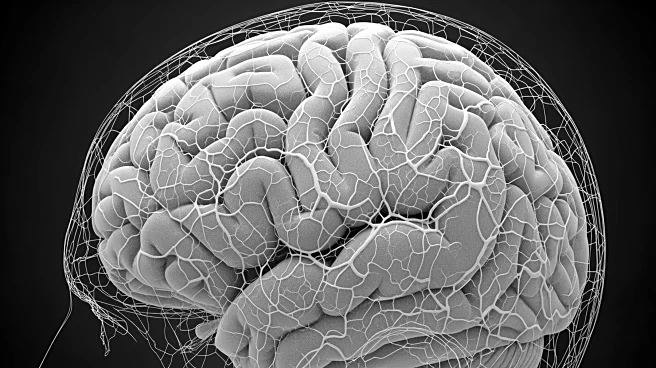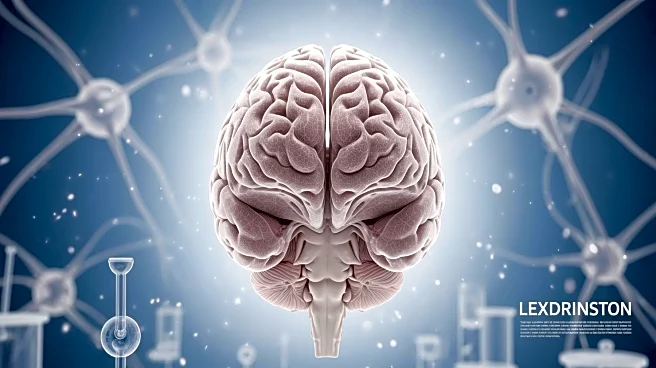What's Happening?
A new tool, Brain Dissection Photogrammetry (BraDiPho), has been developed to study human white matter connections by integrating ex vivo and in vivo multimodal datasets. BraDiPho provides high-resolution
3D models of white matter dissections, allowing for interactive exploration of neuroanatomical features. The tool integrates multiple modalities, including tractography and cortical parcellation atlases, to support comprehensive anatomical analyses. BraDiPho offers a suite of tools and online services for custom studies, facilitating the integration of external datasets into the dissection models.
Why It's Important?
BraDiPho represents a significant advancement in neuroanatomical research, offering a multimodal framework for studying white matter anatomy. By integrating ex vivo dissections with in vivo neuroimaging data, researchers can gain deeper insights into brain connectivity and structure. This tool may enhance the accuracy of anatomical studies and improve the understanding of neurological disorders. The availability of BraDiPho's datasets and tools could accelerate research in neuroscience, potentially leading to breakthroughs in brain health and treatment strategies.
What's Next?
The implementation of BraDiPho may lead to new research collaborations and studies focused on brain connectivity. As researchers utilize this tool, it could result in the development of more precise neuroimaging techniques and improved diagnostic methods for neurological conditions. The integration of BraDiPho into educational settings may also enhance the training of future neuroscientists, fostering innovation in the field.
Beyond the Headlines
BraDiPho's approach to integrating anatomical and neuroimaging data highlights the importance of interdisciplinary collaboration in scientific research. This tool may prompt discussions on the ethical use of postmortem data and the implications of advanced imaging technologies in neuroscience. The long-term impact of BraDiPho could include shifts in how brain anatomy is studied and understood, influencing both scientific and medical communities.











